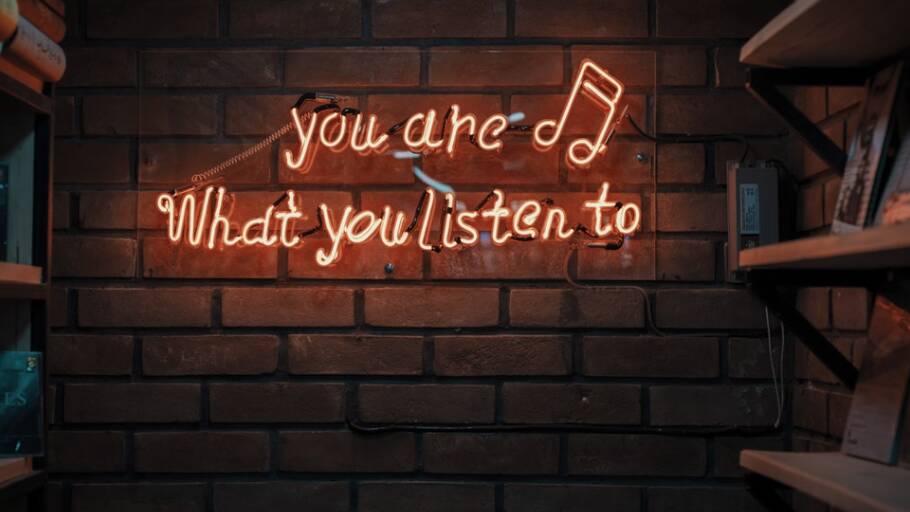
It is described as the invisible condition that many live with for far too long.
Subscribe now for unlimited access.
or signup to continue reading
Through early detection, Australian Hearing is aiming to reduce the strain of hearing loss on the Riverina community.
The clinic will take place at Junee Community Centre on Thursday 26 July, and will be operated by Rebekah Manwaring, the community hearing adviser with Australian Hearing.
“We pop some headphones on and play sounds at different volumes and frequencies to see what they can or can’t hear,” Mrs Manwaring said.
In some cases, Mrs Manwaring said, the old adage about a husband has selective hearing loss towards his wife’s voice may actually be medical.
“Because it tends to be higher in pitch, people often say they’ve been struggling to hear women’s or children’s voices.”
Because it tends to be higher in pitch, people often say they’ve been struggling to hear women’s or children’s voices.
- Rebekah Manwaring, community adviser, Hearing Australia
Catherine Hart is Hearing Australia’s acting principal audiologist for adults. She is concerned with the upward trend in hearing loss.
It is estimated that 3.6 million people in Australia suffer from hearing loss.
By 2060, that will likely increase to 8 million.
As much as 37 per cent of these cases, however, are preventable if the right hearing protection strategies are adopted in youth.
“A lot aren’t doing much about it, because they don’t know about the services or they can’t afford it,” said Ms Hart.
Hearing loss is a cumulative condition that becomes progressively worse for each decade a person lives over 60.
But there is often a significant delay in diagnosis.
What we’re seeing is that people often wait seven to 10 years before they actually come in for a hearing test.
- Catherine Hart, acting principal audiologist, Hearing Australia
“If we can get it early, when people start to notice the signs, we have a better chance of helping them with it, but first people need to know the signs of hearing loss.”
Things to be aware of include struggling to differentiate voices and follow conversations, favouring one ear, or in more extreme cases, experiencing prolonged feelings of tinnitus – or ringing in the ears.
“Be mindful or situations when you have to raise your voice to be heard,” said Ms Hart.
“In those environments, wear well-fitted hearing protection.”
It is a misconception to think city-dwellers develop hearing loss faster than those who live on the land. In fact, Ms Hart has seen quite the opposite.
“Noise destroys, that’s what we always say. Exposure to loud noises over time reduces a person’s hearing.
Ms Hart sees the amount of younger people presenting symptoms as somewhat alarming. It is particularly the case in farming and rural communities.
Due to the nature of their work, being around heavy machinery all day for many years, we find that farmers are about 10 to 15 years worse off with their hearing loss.
- Catherine Hart
“You can comfortably listen to something at 85 decibels for eight hours, but as soon as you increase the volume, or exceed the time by binge listening, you’re putting yourself at risk,” Ms Hart said.
By comparison, an iPhone or iPod on 70 per cent volume could only be listened to for 4.6 hours before causing problems.
“A noisy nightclub can get up to 110 decibels depending where you’re standing.
“In that kind of situation, anything more than 15 minutes can cause long term damage, and that time will go down with each time its repeated.”
It is recommended that regularly hearing tests be done to stamp out troubles before they arise.

